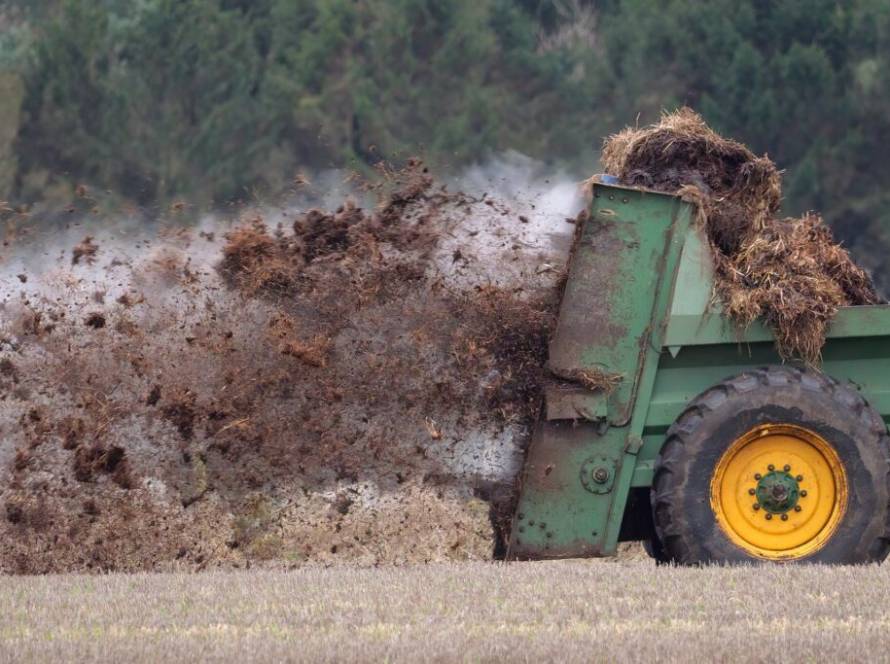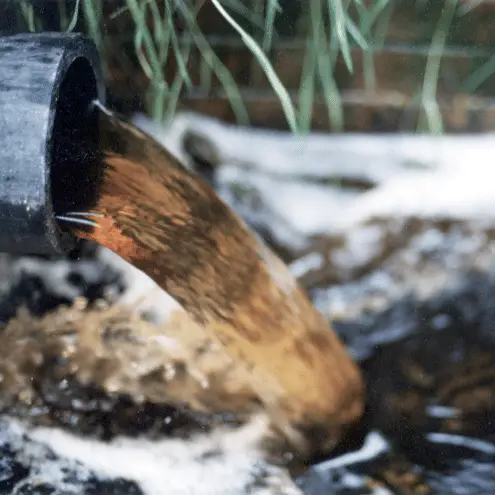The Romans, Mayans and other ancient civilisations used water and gravity to skilfully move sewerage away from populations for all the acceptable reasons.
The W.H.O. has noted that these days “upward of 10% of food produced worldwide is produced at the end of a sewerage pipe”. Why? Because the available nutrients from sewerage is often more and better than the surrounding available farming land. This, despite the obvious toxins, heavy metals and diseases, abundantly available in most sewerage.
In the mid-19th century, the chief engineer to London’s Metropolitan Board of Works, Joseph Bazalgette, observed the sewerage in streets and the Thames River and associated this with the terrible recurring epidemics of cholera, death and stench throughout the London area. “The Great Stink of London” was so overwhelming near the Thames that even Parliament had to be suspended for a time. Between 1853 – 1854 more than 10,000 Londoner’s died of cholera, and this triggered the previously reluctant Parliament to pass legislation that allowed Joseph and the Metropolitan Board to commence work on a sewer system and street improvements for all of London.
As I understand it, Bazalgette designed and over-saw the massive construction of in-ground sewerage pipes draining downwards from streets in suburbs to a major system of massive tunnels directing the gravitating sewerage alongside the Thames to a point close enough to the ocean that the incoming tide would not return the waste back upstream. Though not perfect it worked better than streets full of disease and filth. By 1866 his sewerage system extended to most of London.
This ancient technology became new for major cities, to copy worldwide, who also suffered sewerage problems in that day. New York for example has a massive and old sewerage system under their incredible city development. Much of the system is enormous tunnels made with the mudbricks of the 1800’s. In the 1990’s it was estimated that New York’s upgrades to the system would require more than a trillion dollars.
Sydney and similar cities in Australia also copied this 19th Century ‘technology’ and require extensive and expensive infrastructure upgrades.
I understand from news reports that London has been extending and renewing Joseph’s original system and including a massive treatment system. By the time works are completed it could be several trillions of pounds expense to London’s citizens.
All these copied systems are connected to a river or stream or directly into the oceans. All those coveted nutrients, plus heavy metals, chemicals and more have a direct connection ultimately to the oceans. However, we need to appreciate that these gravity-fed systems also require rainwater flushing (becomes ‘Black’ water) and pumping stations to deliver the wastes to the treatment plants. It arrives as 1% to 3% solids and is settled in ponds, then with presses, screens and/or centrifuges to collect the solids and separate the liquids. In some cities worldwide there is a percentage of this water that is treated and mixed with drinking water for reuse. However, there is considerable public resistance to the general acceptance of this recycled water almost universally.
“Prior to the Clean Water Act, wastewater plants would discharge effluent after primary treatment into lakes, rivers and oceans. Primary treatment is letting the water that comes into the plant sit still long enough for whatever is heavy enough to sink. It does nothing to remove nutrients and organic matter that is still floating. This stuff in the water isn’t poison, however disgusting it may sound to you. It is high strength food.” (Sally Brown: Bio-Cycle Connect – 30/9/2021)
When heavy rains further dilute these incoming solids, many systems worldwide are unable to contain or fully treat them, so they become part of the nearby connected flooding water systems either by accident or intent.
The solids when removed are called bio-solids or sewerage ‘cake’ which in its extracted form usually is a toxic and nasty product requiring further treatments to attempt to render it safe. Usually, it would be simply landfilled to be rid of it. However, we now know that the landfill fees are exorbitantly high and discouraging. So, what do the authorities do with it then?
“Until the late 1980s, New York City’s bio-solids ended up in the Hudson River or the Atlantic Ocean. In 1988, the U.S. Environmental Protection Agency banned ocean dumping of bio-solids, leaving New York City with the dilemma of finding a management alternative.
And today? About half goes into the landfill and about half is used for mine-land reclamation.” (Bio-Cycle Connect: 19th Oct 2021)
Here in Queensland, I observed and photographed back in the early 1990’s, acres and acres of stockpiled raw sewerage cake (bio-solids) that had been mixed, using an excavator, with ‘spent cement’ for the lime content. These poorly limed bio-solids were stacked approximately 18 inches deep for about 12 months on flat acreage formed by mine slag-beds close to the Swanbank Generation plant, then scraped up for quick sale to cane growers in Mackay for $10 per tonne, I was informed. After standing in the weather for those months the lime gave a whitish crust to the top of the bio-solids, and the insides looked just as they were when deposited but often wet again and sloppy.
Next, towards the end of the 1990’s I heard a television news report of a “mysterious sewerage leak” that had caused an estimated $29 million dollars of damage to the seafood industry in the Bay. It was traced to a point up the Bremer River. The article was pulled from the news immediately thereafter. I managed to obtain a DVD copy of the article. From extensive talks with Gold Coast, Toowoomba and other associated Regional Councils, related to a better treatment of bio-solids using worms on a massive scale, I was informed that “we know it is not sustainable, but it is cheaper than landfilling”. Gold Coast, Brisbane, Toowoomba & associated Councils were all dumping their sewerage cake into abandoned coal mines between the Brisbane and Bremer Rivers at the then rate of at least 600,000 tonnes per year. Later they justified it as “sequestering carbon for future reuse”.
I had a lifelong friend whose family owned a large tract of land between these rivers and for years suffered from sinkholes and cave-ins under foot caused by the abandoned mines passing under his land and the volumes of flood waters passing through them when the rivers flood.
Who knows what the next magical bio-solids removal method will be?
”No society in the world today deals WELL with human excreta. At all levels of technical sophistication, damage is done to water, soil, and human health — whether by the pit latrine, the flush toilet, the septic tank/leach field, or most insidiously and destructively, by the central sewage collection and treatment plant, which creates an unpredictably toxic, and therefore unrecyclable, sludge.”
Abby Rockerfeller
Rockefeller finds the economic and ecological costs of ‘modern’ centralized sewer systems unacceptable.
Is there a better way than all this?
Ask me!




